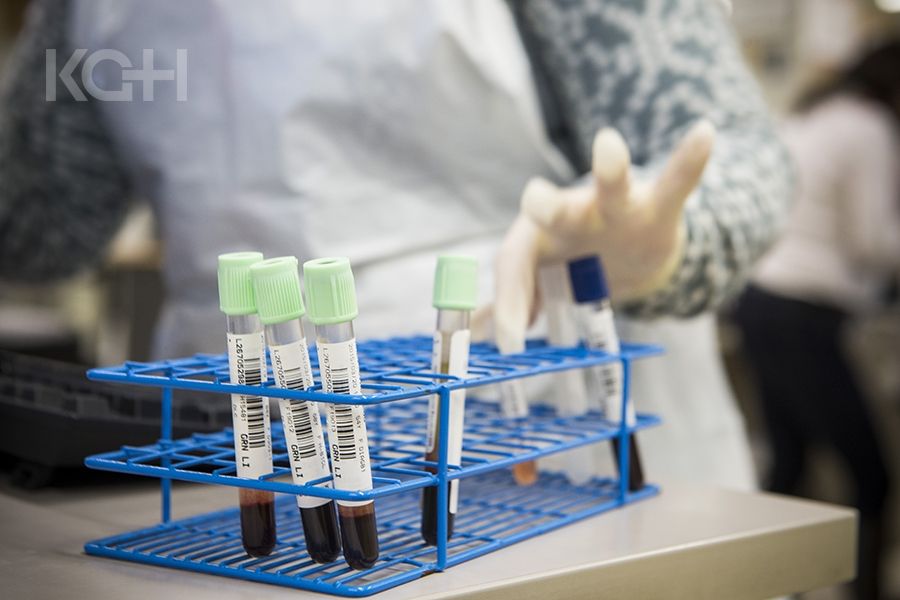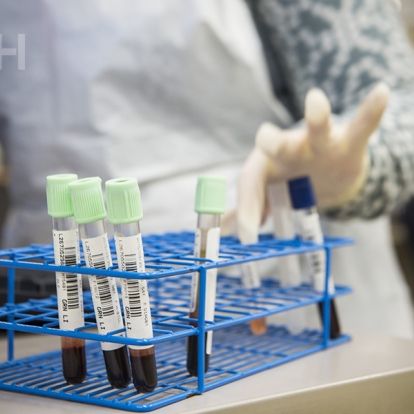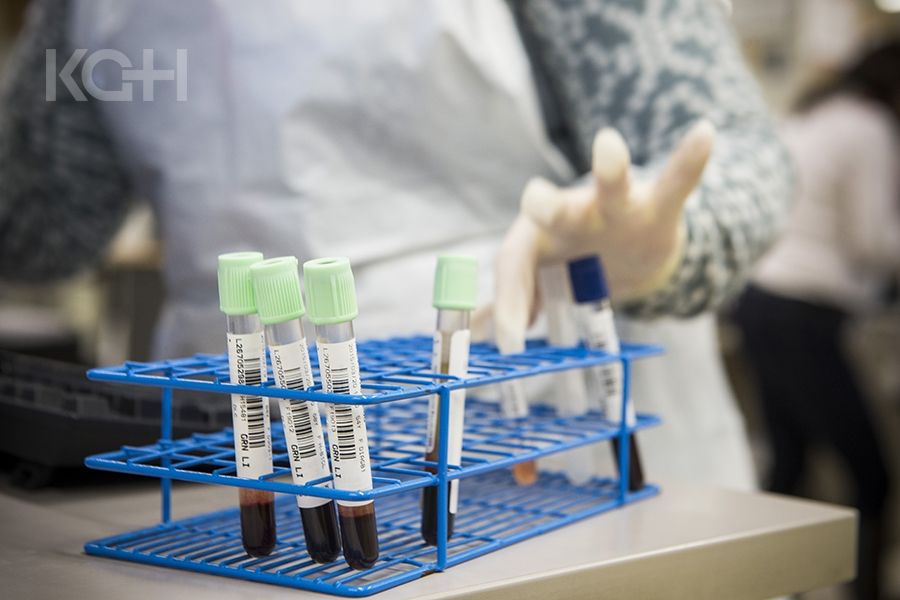Effective immediately masking is required for everyone when present on all inpatient units, in the Emergency Department (ED), the Urgent Care Centre (UCC), and the Children’s Outpatient Centre (COPC).

Every day hundreds of specimens from patients are sent to our clinical laboratories for testing. All of them are important as they help decide the next steps in a patient’s care plan. To ensure fast and accurate testing, KGH has been focused on reducing the number of specimen collection and labeling errors being made. This past fiscal quarter, we reached an all-time low with only 39 such errors taking place.
“This result is due to a collective effort and energy across the organization with a relentless focus on patient safety that has allowed us to make significant progress,” says Joyce deVette-McPhail, Director of Clinical Laboratories. “From nurses who take the sample, to the Information Management team that provided the software, server and network technology, this result is due to great teamwork throughout the hospital.”
Having the number of incidents in the double digits hasn’t always been the case at KGH. In fact, there was a time when it was common to have mislabeling and collection errors occur by the hundreds every quarter. These errors often caused unnecessary delays in patient care.
“Today we now receive calls from our peer hospitals who want to learn how we achieved this dramatic improvement and what steps they can take at their own institution to achieve similar results,” says deVette-McPhail.
The work towards this reduction hasn’t always been easy. To help us get there, we invested in new technology to help ensure the quality of specimen labeling, we implemented a Phlebotomy team to help ensure blood is taken properly, and undertook a Lab Order Entry project that educated staff on how to properly submit specimens for testing in the labs.
Despite all of this progress, the work to reduce specimen collection errors is not done. To sustain our improvements, education will continue on targeted units. In addition, staff members are being encouraged to continue to self-report on errors when they do occur using our online Safe Reporting Tool. This will help our labs look at new ways to prevent the errors from happening in the future, such as mislabeling, misplacing or not labeling a specimen.
“We will be helping them understand the proper steps to collect and label a specimen so we can test it in a timely and accurate manner when it arrives in the labs,” says deVette-McPhail. “With the continued hard work and attention to detail we are confident that together we will sustain this dramatic reduction.”
Gallery


Proper labeling is key to fast and accurate test results.



